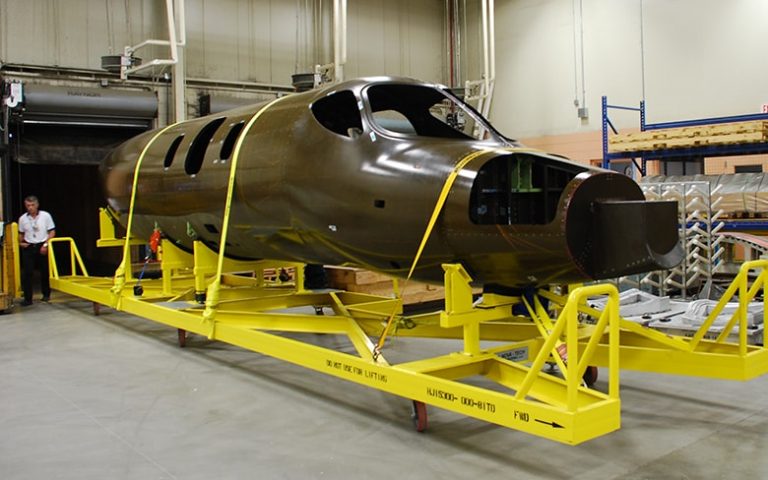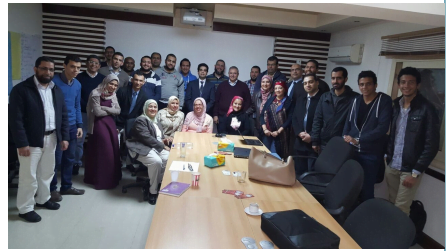Take Responsibility for Two Worlds by Charles E. Smith Ph.D.
Six Sigma and other significant development projects too often do not fulfill their promise. In business, the public sector, academic and military sectors, failure and missed expectations plague innovation projects, technology implementations and other programs. In a recent Innovation Conference in Shanghai, a global corporate executive discussed broadly-based research which showed that 90 percent of companies did not sustain innovation projects, or other long term efforts involving change management. While success is often achieved, many organizations place too great an emphasis on technical solutions and fail to anticipate how the perspectives and interrelationships of key participants can create obstacles that yield failure and loss.
I’ve been a change management and leadership coach in companies and government agencies facing such challenges for 40 years. My experience is that projects usually start with great energy, big goals and lots of enthusiasm. Then, over time, energy slowly slips away. Misunderstandings, corporate rules, leaders who don’t pay attention to team spirit, and the press of getting the job done in time all get in the way. People stop cooperating and going the extra mile. Eventually they let their commitments slip and it begins to feel like the whole thing was not really committed in the first place. Eventually, a new project comes along. People become resigned about change, about winning, bit by bit.
There are two parallel worlds in a business. There is the world of technology, machines, objects and design, and the simultaneous world of people’s feelings, relationships, and whatever animates their spirit and moves them to cooperate. While business leaders often acknowledge the importance of the human world in public conversation, when it comes down to what really happens, most operate in a technical process and object based engineering reality.
The relational world is always decisive. In watching hundreds of cases, the difference has always come from relationship and alignment of values and commitments. Managing team spirit is as important as measurement, and too many pay lip service but are not committed to it. Engineers have extraordinary talent and at the same time, linearity kills human energy – projects with the greatest available energy usually win. Success depends on constantly expanding human energy in the project while maintaining technical excellence and integrity.
This is a training and coaching problem. It’s an education problem. It’s a home schooling problem where the kids learn if you really mean for them to master what is needed. These failed projects need leaders who are able to inspire people to what they are capable of, and not just what they already can do. Without this training and coaching, the marvel of superb processes and great technology will to- often go forward in half-baked projects.
In the world’s largest consumer goods company, the skill of enrolling other people became the context of projects which made the projects more effective. People were trained to stop thinking that the merits of their case would always win the day. They came to see that their success depended on the quality of their relationships and their willingness to listen.
At a leading diesel engine company, engineers were trained to move beyond linear analysis and a pure implementation focus to paying attention to the energy level among their colleagues and interfaces and taking responsibility for keeping the place feeling alive. There was substantially greater cooperation, cost reduction and reduction of emissions in a relatively short period of time. A problem is a training problem.
The CEO of a large energy company shifted his attention from operations to creating alignment and getting people in the same boat. They had their best year ever during the recent recession.
All it takes is for senior leaders and project managers to see the two worlds at the same time, and take responsibility for both. Without people at the top encouraging and rewarding this relational-technical point of view, nothing will change.
This is a training and coaching problem. If you take it as such, you will see it as such. If you make it a technical problem, you will not see what is really going on. It calls for a shift in what leaders look for, what they act on and what they believe is really going on. Otherwise, companies will keep looking for the key under the street lamp of technology, and not where they lost it in the land of not paying attention to the way people really are.
There needs to be extraordinary training, coaching and practice in what engineering and technical leaders see, not simply what they understand. This will make money, save loss in wasted projects and create a more satisfied work force.
Charles E. Smith has been a senior executive coach and leadership consultant in corporations and government agencies in the United States, Europe, andCanadasince 1969. He graduated from the Boston Public Latin School and holds an A.B. from Harvard College, and M.B.A. from Harvard Business School, and a Ph.D. from Case Western Reserve University. Dr. Smith also holds a certificate in Gestalt Methods from the Gestalt Institute of Cleveland. He has taught at SirGeorge Williams University and McGill Centre for Management Education.
His first book, The Merlin Factor: Keys to Corporate Kingdom was published in 1995 in US, UK, China, and Romania. Read his new book, Navigating from the Future: a Primer for Sustainable Transformation, available at Amazon.
Contact him at smicharlie@aol.com






